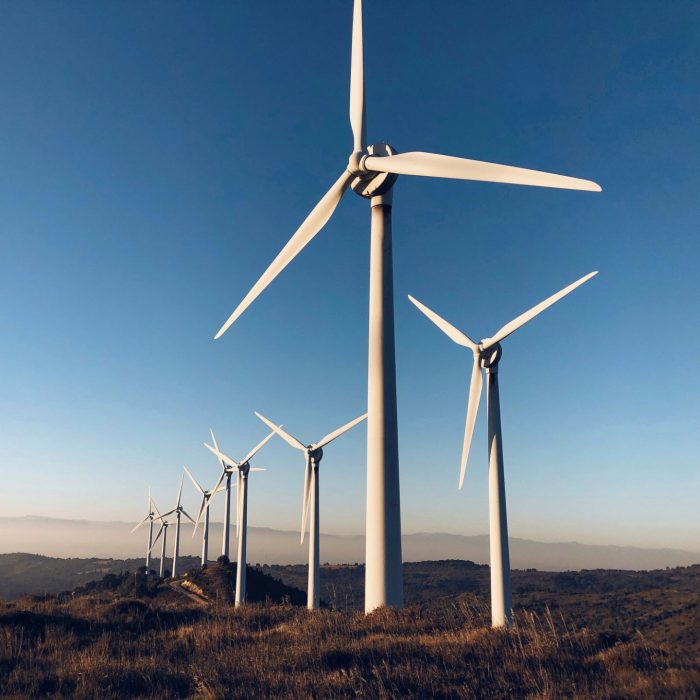Sustainable infrastructure

The challenge
Sustainable infrastructure is about creating infrastructure that’s not only functional and efficient but also environmentally responsible, economically viable and socially equitable. It involves planning, design, construction, operation, maintenance and end-of-life disposal or recycling of infrastructure.
Sustainable Infrastructure helps to ensure the infrastructure can reduce carbon emissions and energy consumption, protect natural habitats and biodiversity, and be used for an extended period without causing significant harm to the environment or depleting natural resources. Sustainability can encompass a wide range of issues, such as economic, social and environmental, and it can be challenging to balance these different aspects and create a truly sustainable infrastructure.
It often requires long-term planning and thinking, which can be difficult in today's fast-paced world, where short-term gains are often prioritised over long-term benefits. It also needs specialised technical expertise, and a lack of trained professionals can hinder progress. In recent years, changes in various government policies introduced new sustainability standards for infrastructure projects.
Frequent extreme weather due to climate change has increased public demand for sustainability in all aspects of life. As a result, private enterprises are adopting higher sustainability standards for their construction projects. Often, these adopted policies or targets are not backed by technology.
The solution
This research group works closely with federal government organisations including the Australian Department of Defence, Department of Climate Change, Energy, the Environment and Water, CSIRO and the Australian Research Council, as well as various state and local governments, and private enterprises to achieve its long-term sustainability aspirations as well as near-term challenges.
The primary research focus of this group can be broadly subdivided into the following categories:
- Hybrid structural systems: aims to maximise structural and architectural advantages by combining building components made from different materials such as steel-timber, steel-concrete or timber-concrete composites to create sustainable structural systems.
- Advanced construction materials and methods: aims to investigate the influence of emerging construction methods or materials on the behaviour of the infrastructure and help to transform innovative ideas into regular use in the infrastructure industry.
- Environment and water engineering: this category studies the impacts of infrastructure on the environment and water systems and investigates various strategies to mitigate or minimise these effects.
- Use of wastes as construction materials: aims to develop solutions for adopting various recycled waste into construction materials and promote a circular economy.
- Green and smart transportation: aims to develop sustainable transport infrastructure that doesn’t depend on or diminish natural resources such as fossil fuels.
- Remediation of PFAS contaminants: aims to develop foam fractionation and in situ fluidisation methods for the remediation of PFAS-contaminated waters and soils.
The impact
The group is a part of the $17 million federally funded Sustainable Communities and Waste Hub. The Hub aims to provide research to reduce the impact of plastic, support sustainable people-environment interactions, and offer management options for hazardous substances and pollutants to minimise environmental and human-health impacts. As part of the Hub, the group is working with some local governments and various industry partners to research reusing plastic and construction waste as construction materials.
Dr Safat Al-Deen is working on utilising waste tyre rubber to develop Crumb Rubber Concrete. Dr Jianfeng Xue is working on reusing human generated waste as road construction materials. Dr Amar Khennane and Dr Jong Leng Liow are working on reusing hazardous waste timber to make safe and sustainable materials for building construction.
Dr Safat Al-Deen and Professor Chi King Lee worked with a local concrete supplier to investigate concrete early-age strength estimation methods and help them significantly reduce their cement requirement for concrete production without sacrificing quality or safety.
Associate Professor Robert Niven is the lead investigator of a major Australian Research Council grant ($1 million) on the remediation of PFAS-contaminated waters and soils, in collaboration with Macquarie University and industry partner OPEC Systems Pty Ltd. The foam fractionation technology for PFAS water treatment is now in commercial development, with a manufacturing plant in Penrith, NSW, and a second plant being established in the USA.
Dr Milad Ghasrikhouzani is working with the ACT government to help it achieve the sustainability goals of its transport infrastructure.
“Our infrastructure consists of many complex interdependent systems that are critical to our survival. If we fail to maintain it properly, our standard of living will be lower than most developing countries within weeks.”
Professor Chi King Lee









